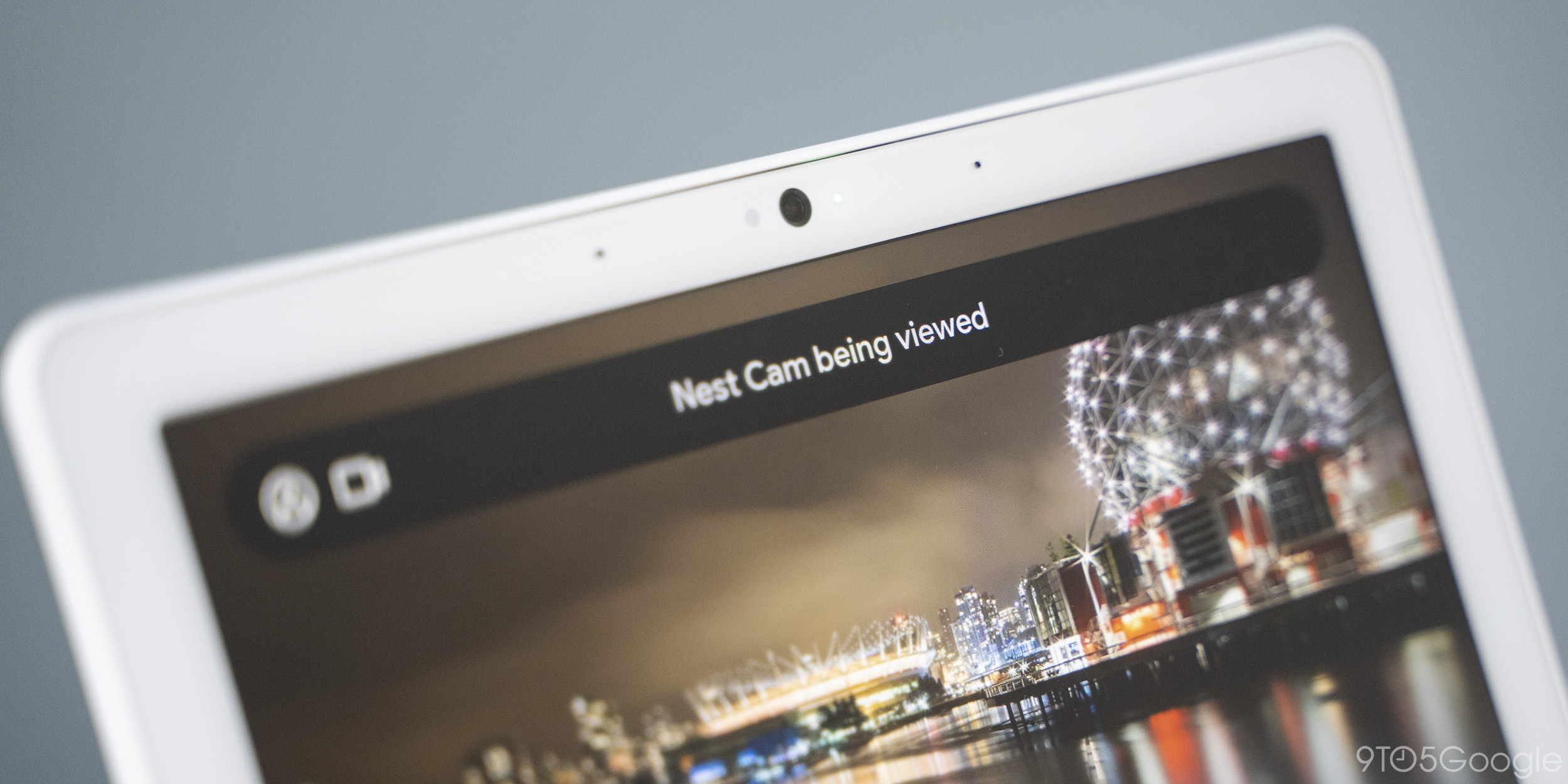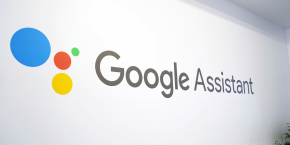
Google’s Nest Hub is easily one of the best smart displays on the market (and with record low prices as of late), but that makes selling a much more expensive version pretty difficult. Google is trying to do that with the Nest Hub Max by combining three different products into one and, for the most part, it actually succeeds.
Easily the best smart display
Google’s efforts when it comes to a digital assistant are, in my opinion, unmatched in today’s market. While some others got a head start, the Google Assistant continues to impress as it grows and adopts new abilities.
The Google Nest Hub Max is the culmination of everything Google has learned so far with Assistant. That means it can take a “Hey Google” command to control your smart home devices, pull from services such as YouTube, Google Play Movies, and more to watch content on your TV or the Max itself, and also play music from an assortment of services including Spotify and YouTube Music. That’s just scratching the surface too as the Assistant can also play podcasts, set reminders, look up traffic details, pull up recipes in the kitchen, and just so much more.
Aside from its larger physical size, what sets the Nest Hub Max apart is what Google does with its camera. There’s a wide-angle lens that can be used for Duo calling and messages. Those calls are solid in the quality department and Google cleverly uses the wide-angle to keep the subject of the video in frame. I don’t make a lot of video calls with the Max, but this functionality works quite well. Framing can be a little bit delayed, which sometimes makes for unnatural transitions, but it works as advertised.
The real kicker for the camera, though, is Face Match. Using facial recognition, the Nest Hub Max makes Google Assistant truly proactive. As mentioned in my first impressions for the Nest Hub Max, the camera is used to recognize you, your spouse, or anyone else that lives in a household and uses that context to adjust what the display shows. That personalization includes cards for YouTube, your commute, music, and more.

‘Face Match’ quickly recognizes your face and adjusts the experience
This experience is made even more proactive with the camera recognizing you as you walk past or glance over to see reminders or details from your email such as shipment notifications. The entire time I’ve been using the Nest Hub Max, these proactive notifications and details from Google has really set the experience over the top and made the product incredibly useful.
Another smaller feature that the camera enables is a gesture for pausing and playing content. Simply holding up your hand will pause a YouTube video. This works extremely well in my testing and rarely failed while falsely identifying the gesture just once.
What about privacy? Just like the rest of Google’s speakers and smart displays, there’s a physical switch on the back of the product which cuts the microphone and camera off. That physical switch is great, but it only disconnects the camera and microphone electronically. It would have been nice if Google had implemented a physical cover over the camera like Lenovo has. There’s also the option to only disconnect the camera through the software settings.
There’s a software toggle and a physical switch to ease privacy concerns
Filling the gap in Google’s speaker lineup
Beyond being a smart display, the Nest Hub Max is also a Google Assistant smart speaker. The “Max” in its name might make you expect quality along the lines of the Google Home Max, but sadly that’s not quite the case.
Compared to the Google Home Max, the Nest Hub Max is good, but doesn’t hit the same levels. It lacks the powerful bass and room-filling sound of the Home Max as well as the adaptive “Smart Sound” technology.

Sound quality is good, but not as good as the Home Max
Things would probably be better on the Nest Hub Max if the speakers were oriented differently. As it stands, the Max has two speakers facing frontward at the bottom and a woofer facing towards the back. This works alright when the speaker is sitting up against the wall in your kitchen, but if there’s nothing behind, the sound quality is a bit muffled. This speaker is just begging for the Smart Sound tech from the Home Max.
Still, the Nest Hub Max fills a gap in the lineup of Google’s various speakers. It sits right below the Home Max but well above the Home/Home Mini and frankly awful Nest Hub speakers. It fits right in the middle at a reasonable cost. I’m much quicker to recommend a $229 Nest Hub Max to someone before a $299 Home Max which is just a speaker.

Nest Hub Max fits into the middle of Google’s speaker lineup
Nowhere near a true Nest Cam
And finally, we come to the one feature the Nest Hub Max fails to properly deliver on. The Nest Hub Max has a “built-in Nest Cam.” This feature is supposed to essentially deliver a security camera that’s tucked away within a smart display. Technically, it works, but it’s a poor effort.
There are three core issues with the “built-in Nest Cam” on the Hub Max. The first is honestly barely a problem and more a complaint about how Nest handles its cameras in the first place. To get “Familiar Faces,” video history, or basically any other important security camera features, you have to pay for Nest Aware on a monthly basis. There is a 30-day trial included with the product, though.

Nest Hub Max tells you when it’s camera is being viewed
The really bad problems with using the Nest Hub Max as a security device start with the angle of the camera. The wide-angle lens does well in capturing a full room, but it does so at an incline that misses the floor of that room even if it’s on a counter-height table. This tilt hurts the security aspect, and being unable to see the floor even makes it hard to monitor your pets. To illustrate how big of an issue this is, a thief could technically walk into your home by crawling Michael Scott-style across the floor to avoid being on camera.
That thief has another option to not be caught on camera – just break in at night. Since the Nest Hub Max lacks an IR illuminator it can’t see in the dark like even cheap $25 security cameras have. Honestly, not being able to see at night makes me think that Google shouldn’t advertise this functionality at all.

This high angle is not great for watching pets or intruders
Another thing that’s important to note with the “built-in Nest Cam” is that it doesn’t work like a traditional Nest Cam right away. First, you’ve got to set up the ability to stream in the Google Home app on your phone. In that app, you can only watch the camera live, it won’t record or send you any notifications. To get those features, you also have to link it to the Nest app. This only works, though, if you’ve migrated your Nest account to a Google account.
Final Thoughts
While Google constantly kills off services and struggles to make a hit smartphone, the company’s collection of Assistant speakers and smart displays are truly great products. The Nest Hub, especially when discounted, is in the impulse-buying territory. The Nest Hub Max, though, is a purchase that requires a bigger investment at $229. Is it worth that? Honestly, I can say that it is, at least for some people.
The Nest Hub Max’s Face Match feature is a compelling standout that basically no other product can currently replicate. However, if you just want a good speaker, maybe get the Google Home Max or even just a cheap Home Mini. If you just want a good smart display, the Nest Hub Max is a solid option. But for the people who want a bigger smart display with better sound and — most importantly — proactive smarts, the Nest Hub Max is something I can’t recommend enough. You can buy it from the Google Store and B&H Photo.
FTC: We use income earning auto affiliate links. More.




Comments